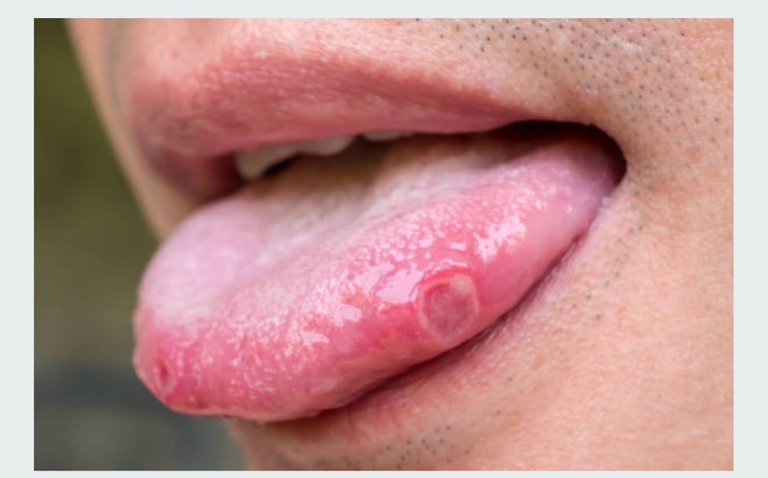What Yeast in infection is all about.
Good day to you all, what I will be sharing with us today,is about Yeast infection reason been that almost 80% of women on earth are going through this and do not realize it until it has become something worst. I was once a victim.
Please take your time ready it,it will help your wife, children and Everyone your husband.
Well, here is the deal, yeast infections are caused by overgrowth of a fungus called Candida albicans.
This infection is very common , 2 out of every 3 woman either had it , having it now or will have it in a lifetime.
It's common to get yeast infections around your period because the pH balance of your vagina changes then.
But it's also possible that rather than developing a new infection each month, the previous infection was never resolved.
So WANNA GET RID OF VAGINAL YEAST INFECTIONS?
BE INFORMED AND BE SURE IT IS COMPLETELY TREATED. GET OUR BEST GUIDE TO TREATMENT AND GO SEE YOUR GYNECOLOGIST!
TOPICAL CANDIDA
Candida can overgrow on the skin, causing a red rash, scaly patches, swelling, or itching. Typically, these symptoms develop in moist areas of the body such as skin folds, under the breasts, near the groin, the armpits, or between fingers and toes. Topical azole antifungals (medication containing an azole ring, such as clotrimazole or miconazole) as well as polyene medications, such as nystatin, are effective. Be sure to keep the area dry to encourage healing (Pappas et al., 2003).

NAIL INFECTIONS
Candida and other fungi can also cause rare toenail and fingernail infections. This may look like white, brown, or yellow nails that may break easily or start to crumble. Debris may also collect under the nail, and the nails may be thick and hard to trim. Fungal nail infections are usually painless, but wearing certain shoes may be uncomfortable. Some fungal nail infections will go away on their own, while others need treatment, which can range from an oral antifungal, such as terbinafine or itraconazole, to something more drastic, like nail removal (Pappas et al., 2003).
ORAL THRUSH
A candida infection of the mouth or throat is called thrush. It generally appears as white, bumpy patches on the tongue, cheeks, gums, tonsils, or throat that can be painful or bleed at the touch. Thrush can also cause sore throat and difficulty swallowing if it spreads further down to the esophagus. To diagnose thrush, a swab is usually taken from the back of throat and studied under a microscope for the presence of yeast. It is treated by oral azole antifungal medications, such as clotrimazole, or oral polyenes, such as nystatin (Pappas et al., 2003).

Thrush is most common in babies, older adults, and people with weakened immune systems. Babies can pass thrush from their mouths to their mother’s breasts during breastfeeding, which may result in sensitive red, cracked nipples, flaky skin, or pain during nursing. The mother and child may both want to be treated with an antifungal, such as nystatin or fluconazole (which are both safe for infants), to provide relief (Pappas et al., 2003).

VAGINAL YEAST INFECTIONS
Almost half of women worldwide will have a vaginal yeast infection before age fifty (Blostein, Levin-Sparenberg, Wagner, & Foxman, 2017). While the symptoms are uncomfortable—itching, burning, thick discharge—yeast infections are easily treatable. Many people opt not even to see a doctor; they just take an over-the-counter antifungal vaginal suppository, such as miconazole, or use boric acid. It’s also common practice for health care practitioners to diagnose a vaginal yeast infection based on symptoms alone. They may prescribe an antifungal medication, such as fluconazole; you take one tablet by mouth.
If you still have symptoms of a yeast infection after treatment or if the infections continue to recur, you should see a doctor for further assessment. Many women continue to treat themselves with over-the-counter medication but don’t fully clear the infection. You may need more aggressive treatment to kill all of the candida, or it may be “azole resistant”—meaning resistant to miconazole, fluconazole, or similar antifungal medications. Alternatively, you may be dealing with a different, less common strain of candida that requires different treatment (like boric acid). Or your symptoms might be due to a different health issue.
To diagnose you correctly, your health care practitioner should take a vaginal swab for testing. Here’s the tricky part: The vaginal culture could contain candida, but you could just be someone who has naturally high levels of candida in your vagina that don’t cause any problem. In that case, the symptoms could be related to something else, like an STI or bacterial vaginosis (White & Vanthuyne, 2006).
If your doctor does determine that you have a recurrent yeast infection, they may prescribe two weeks of vaginal antifungal medication or two weeks of oral antifungal medication, possibly with a six-month maintenance regimen (Pappas et al., 2003). The ReCiDiF regimen, which consists of decreasing doses of oral fluconazole, has been shown to be quite effective for recurrent yeast infections (Donders, Bellen, & Mendling, 2010). In certain situations, your doctor may also prescribe long-term vaginal boric acid suppositories. You’ll also want to maintain proper vaginal and sexual hygiene while limiting your use of antibiotics to situations where they are needed; see more in the lifestyle section on preventing yeast infections.
Boric Acid for Vaginal Yeast Infections
Boric acid suppositories are inserted vaginally to restore the proper pH balance of the vagina and help resolve itching and burning. Vaginal boric acid is sometimes recommended by gynecologists or health care practitioners for maintenance of recurrent yeast infections. Boric acid (600 milligrams per day for fourteen days) has also been shown to improve candida infections by non-albicans species, such as C. glabrata or C. krusei (Pappas et al., 2003). Never take boric acid by mouth—it can be toxic—and keep it away from children (NPIC, 2013). If you are pregnant, ask your doctor before using boric acid.
URINARY TRACT INFECTIONS (UTIS)
Most urinary tract infections (UTIs) are caused by bacteria like E. coli, but candida may also cause a UTI. UTIs are characterized by uncomfortable symptoms such as a frequent urge to urinate accompanied by a burning sensation, pain in the lower abdomen, or cloudy, dark urine. Hospitalized patients are at increased risk for candida UTIs due to catheter use, and older adults are at increased risk as well. Treatment includes oral or intravenous fluconazole, intravenous amphotericin B, or oral flucytosine. Discontinuation of catheter use alone may clear up the infection in some patients (Pappas et al., 2003).


MALE GENITAL YEAST INFECTIONS
Genital yeast infections are really rare in men, and if they do occur, they are contracted from a woman partner. If a man has sexual intercourse with a woman who has a vaginal yeast infection, they are not likely to develop a yeast infection on their own genitals. However, in the rare case that it does happen, men may experience inflammation of the head of the penis, redness, itching, burning, white patches on the skin, and white, liquid substances on the skin of the penis. Or there may be no symptoms at all. Men who are immune compromised, have diabetes, or are uncircumcised may be more susceptible to yeast infections (CDC, 2015).
SMALL INTESTINAL FUNGAL OVERGROWTH (SIFO)
A good portion of people with uncomfortable gastrointestinal symptoms that cannot be explained by other diagnoses may be suffering from small intestinal fungal overgrowth. SIFO is a condition characterized by bloating, indigestion, nausea, diarrhea, or gas. It’s not clear what exactly causes SIFO, but people who use proton pump inhibitors may be at a higher risk for it.
I hope this could help.
Thanks for dropping by!
Muted on the motherhood community for plagiarims from https://goop.com/wellness/health/candida-and-yeast-infections/
My apologies goes to motherhood community CEO's am so so sorry 🙏🙏🙏 just serve this as warning pls I promised no to do this again pls.
I hope my Apology is accepted Thanks
Source of plagiarism
Plagiarism is the copying & pasting of others' work without giving credit to the original author or artist. Plagiarized posts are considered fraud and violate the intellectual property rights of the original creator.
Guide: Why and How People Abuse and Plagiarise
Fraud is discouraged by the community and may result in the account being Blacklisted.
If you believe this comment is in error, please contact us in #appeals in Discord.